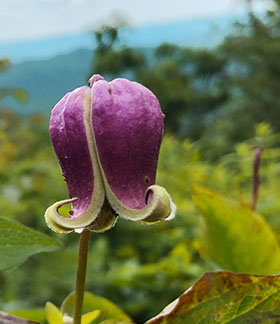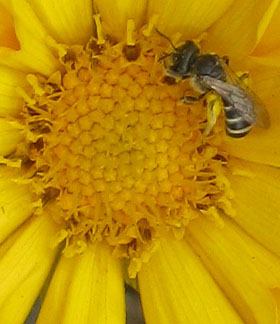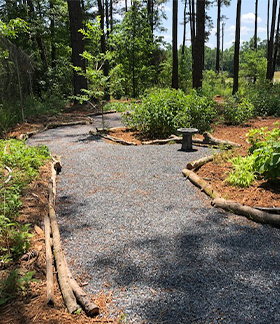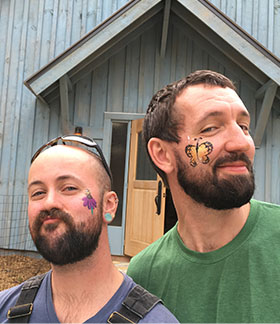Pollinator Plants
Native plants for native bees and other pollinators
Why Native Plants? Georgia native plants produce the best food for native pollinators and birds. Our plants, birds, butterflies and bees all evolved together over eons. Pollinators in search of food pollinate your garden, giving your pollinators access to bountiful food helps them increase their numbers, helps you increase your fruit and veggies. Your pollinated garden becomes a bountiful harvest of vegetables, fruits and flowers. Ripe seeds, ready to be planted next year, or left in the garden for wildlife.
The importance of native pollinators
There are over 4,400 Bee species native to North America. Honey Bees are not one of them. Most native bees are solitary and build their own nests in which to lay eggs. Some species use a common nest opening and build their own tunnel or cell in which to lay eggs. Bumble Bees and some Sweat Bees form annual social colonies that swell from a single overwintering queen to several hundred workers at the height of summer. Less than 5% of all bees make honey in any form. Bumble Bees are the only US natives that make it, but in very tiny quantities stored in grape-sized pots in their underground nests.
Only female bees have stingers. Many have lost the ability to sting/the stinger itself. Most native bees that can sting couldn’t break your skin anyway.
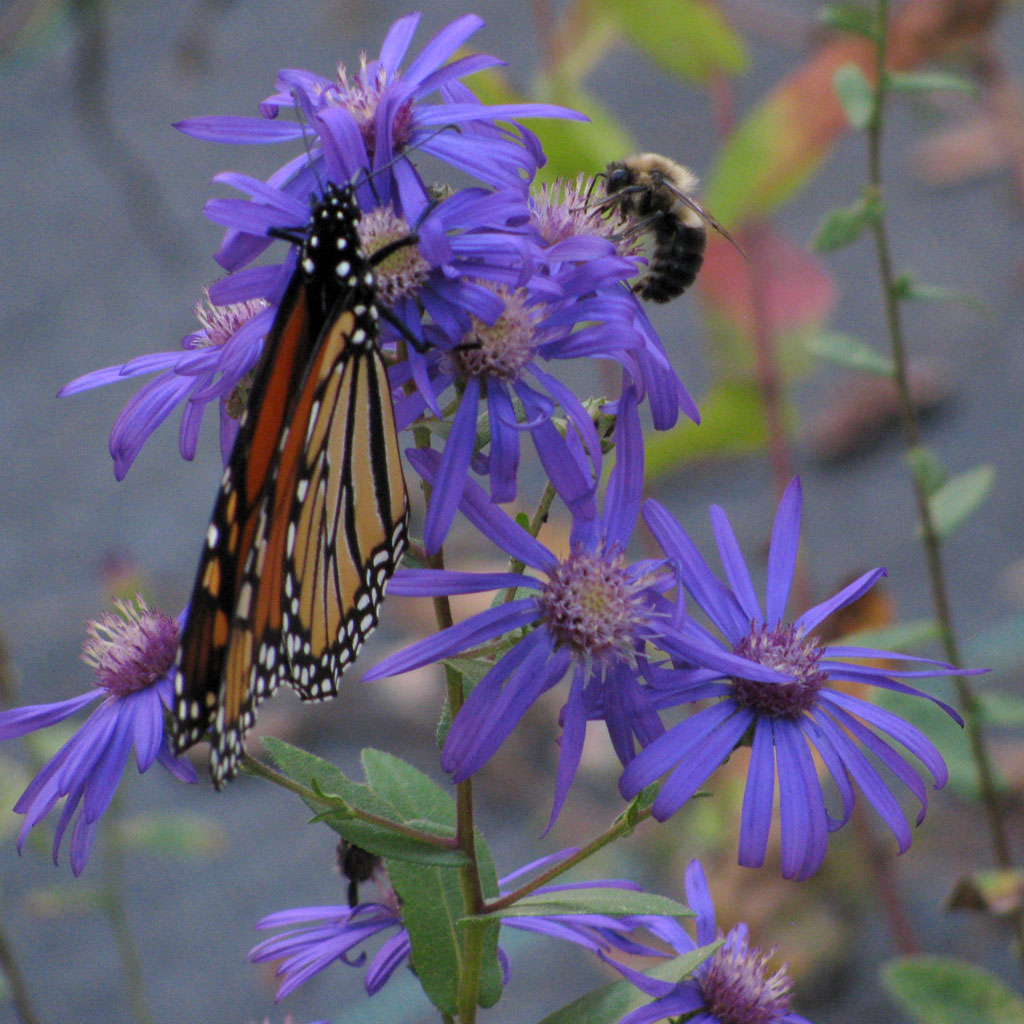
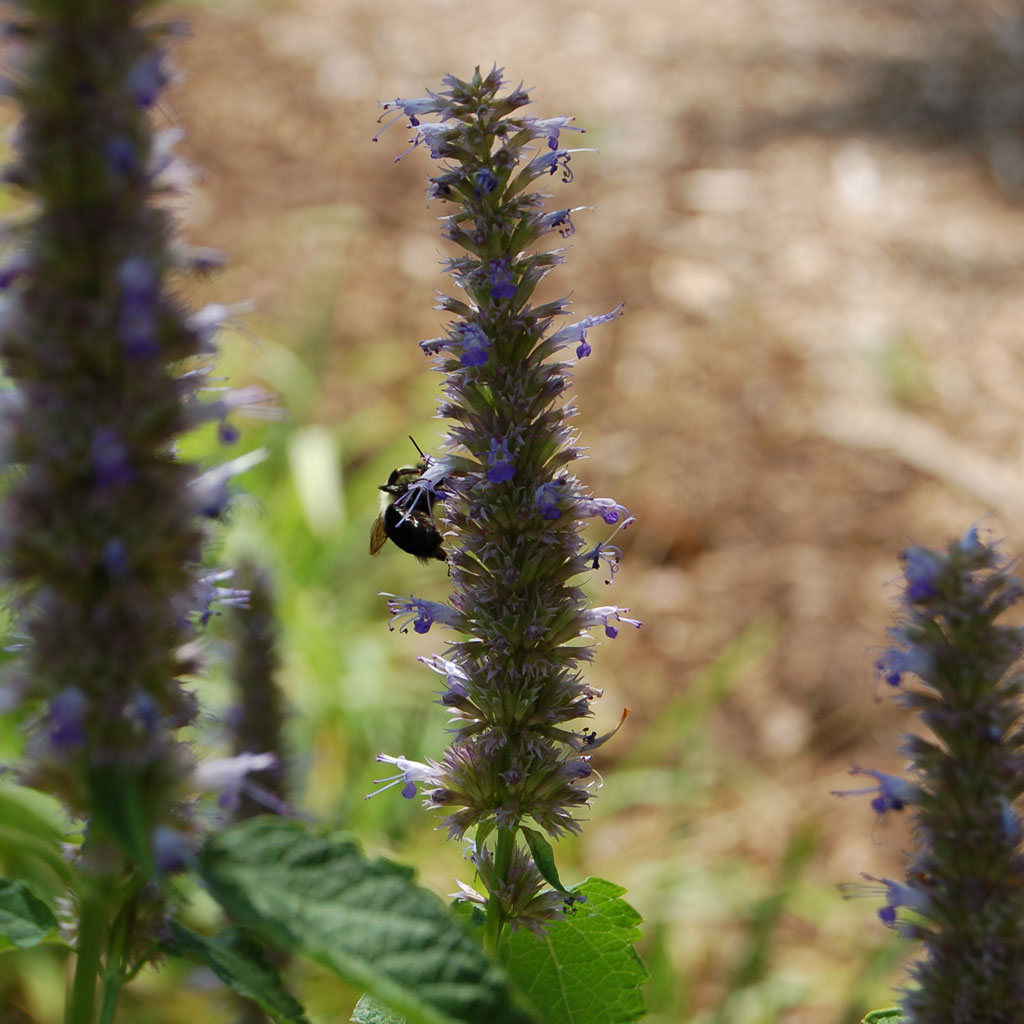
Pollinator Habitat
Everyone needs someplace to live and raise a family. That includes our pollinators.
Layered landscape plantings provide food and shelter:
- Canopy layer: oak, hickory, poplar, etc.
- Subcanopy layer: dogwood, redbud, etc.
- Shrub layer: Beautyberry, Spicebush, etc.
- Herbaceous layer: perennials, annuals
Water - EVERYONE needs water!
Water should be clean and accessible. Bees and butterflies are small and can get pulled under the deep (for them) water of a birdbath and drown. Provide one or two smooth pebbles or small river stones for them to land on so they can edge up to the water.
Access to nesting materials and bare ground:
Ground nesting bees need sunny sloping soil. Facing southward or southeast works very well. No mulch, no tilling in this area.
Mason Bees, Leaf Cutter Bees, Resin Bees and Orchard Bees need beetle-bored branches, or loose brush pile of dead hollow canes from elderberry, raspberry, rivercane, blackberry, etc. (This is also good cover for fledgling birds.)
